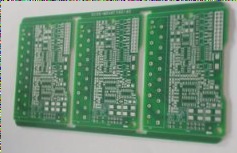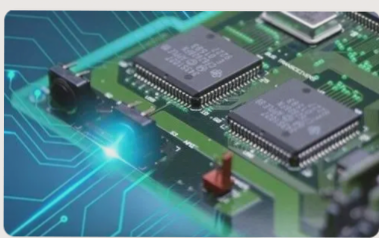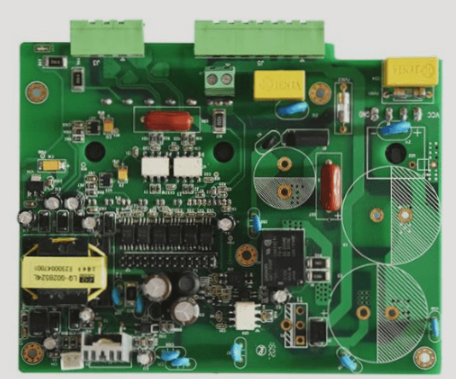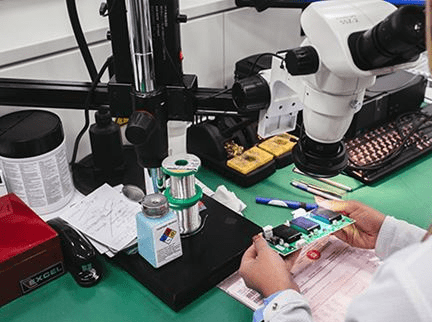Printed Circuit Board (PCB) Design Essentials
PCB design is a crucial process in the development of electronic products, where an electrical schematic is transformed into a functional device. The quality of the design impacts both the production process and the final product quality. However, many newcomers to electronic design face challenges due to limited experience and resources.
PCB Layout Tips:
- Placement of Components: When arranging components on a PCB, ensure special and large components are strategically placed. For smaller components, maintain a minimal distance from the board’s edge to facilitate assembly during production.
- Isolation Between High and Low Voltage Circuits: Separate high and low voltage components with adequate isolation distances to prevent electrical interference.
- PCB Trace Routing: Opt for short and rounded traces, avoiding sharp angles that may affect performance, especially in high-frequency circuits.
- Trace Width: Design trace widths based on current-carrying capacity and consider temperature rise under load, particularly for ground traces in circuits with microprocessors.
- Trace Pitch: Maintain proper spacing between traces to meet safety standards and manufacturing requirements.
- Shielding and Grounding: Implement shielding and proper grounding techniques to minimize interference and ensure signal integrity.
Latest PCB Design Trends:
As technology advances, PCB design trends continue to evolve. One emerging trend is the integration of advanced PCB fabrication techniques that enhance performance and reliability. Designers are also focusing on miniaturization, high-speed signal integrity, and thermal management to meet the demands of modern electronic devices.

Optimizing Ground Traces for Better PCB Performance
- Place common ground trace along PCB edge for improved shielding
- Create looped or mesh ground to minimize potential differences
- Ensure ground and power supply traces are parallel to data flow
- Use inner layers for ground and power planes in multi-layer PCBs
Optimizing ground traces on a PCB is crucial for enhancing shielding effectiveness, reducing noise, and improving overall performance. By strategically placing the common ground trace along the edge of the PCB and creating a looped or mesh ground structure, you can minimize ground potential differences and enhance noise immunity, especially in systems with multiple integrated circuits or power-hungry components.
Additionally, keeping ground and power supply traces parallel to the direction of data flow can significantly improve noise suppression. In multi-layer PCB designs, allocating inner layers for ground and power planes while routing signal traces on both inner and outer layers can further optimize performance.
For any inquiries or assistance regarding PCB optimization, feel free to reach out to us at info@wellcircuits.com.



